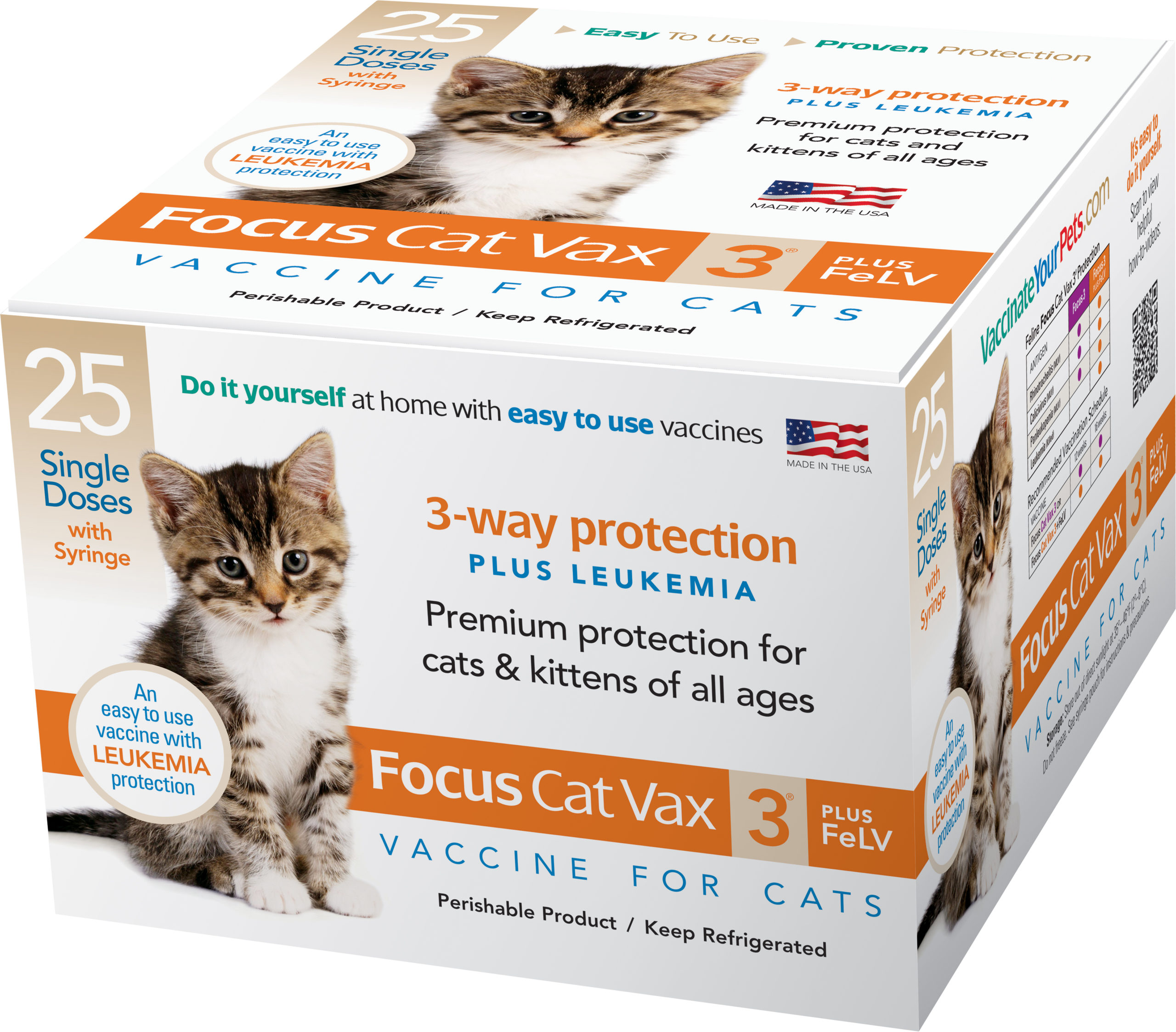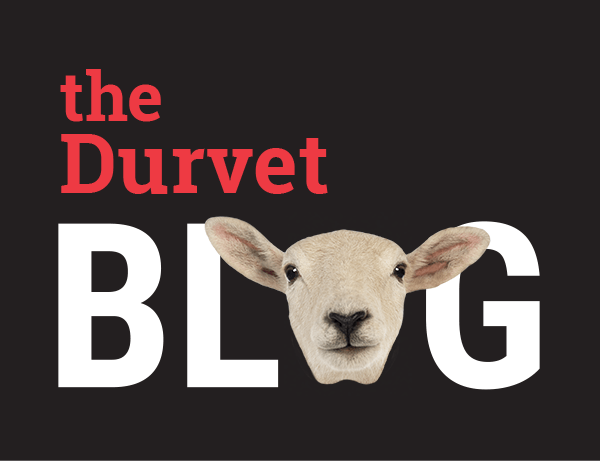
Feline Leukemia Virus, more commonly referred to as FeLV, is one of the most common infectious diseases among cats. It is a viral disease transmitted primarily through infected saliva (biting or mutual grooming), blood or passed on from an infected mother to her kittens. FeLV can only survive outside of a host for a short time, so transmission via feces or urine - such as sharing a litter box - is less likely.
FeLV affects a cat's immune system making them susceptible to other illnesses and often causing anemia and cancer. Signs of FeLV include:
- Loss of appetite and weight loss
- Poor coat condition
- Eye conditions including discoloration
- Fever
- Diarrhea
- Seizures
- Pale and inflamed gums
- Skin, bladder and respiratory infectious
A blood test called an ELISA (enzyme-linked immunosorbent assay) is used by veterinarians to diagnose FeLV. An ELISA detects the presence of viral antigens in a cat's blood. Thanks to this simple testing and vaccinations only about 3% of the feline population in the United States is infected with FeLV.
Preventative measures are key as there is no cure for FeLV currently available. Some of the most effective measures include vaccinations, neutering male cats to eliminate aggressive behavior, spaying female's to prevent transmission to kittens, separating infected and non-infected cats and not allowing shared food bowls, water dishes or litter boxes.
A positive diagnosis will ultimately be fatal, but proper care, behavior monitoring and routine trips to the veterinarian can allow FeLV+ cats to live for several years.
Please Note: This information is for educational purposes only and not intended to treat, diagnose or prevent any disease. In all cases, it is each owner's responsibility to obtain veterinary services and advice before using any of the information provided. Durvet encourages owners to make their own animal health care decisions in partnership with their veterinarian. Please read all labels carefully. Product is for veterinary use only. Not intended for use in humans.
Sources: Cornell University College of Veterinary Medicine, Merck Manual


 BACK TO MAIN BLOG
BACK TO MAIN BLOG 

Comment